However, the situation is slightly different for RAM than other PC parts.
You must consider several factors before selecting the best RAM kit for your new rig.
So, lets get started!
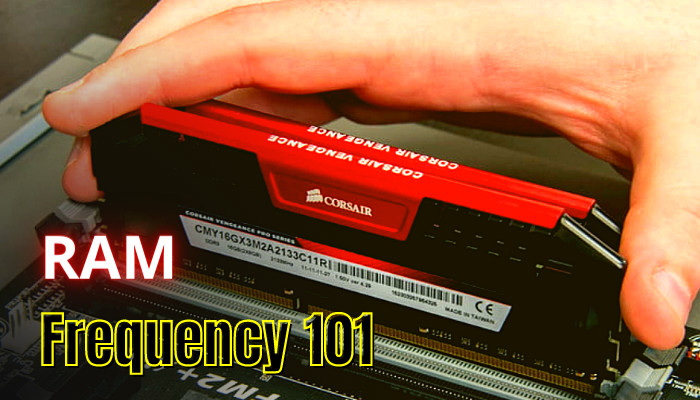
What Does the RAM Frequency Mean?
The MHz acronym ismegahertz, which can perform a million cycles per second.
This measurement unit is used to compute the speed of data moving within and between computer components.
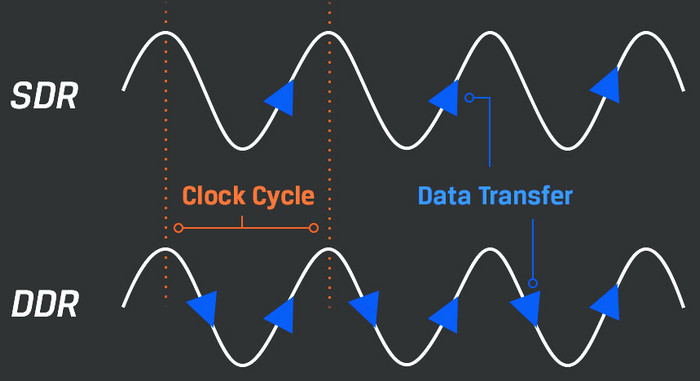
Though the performance doubled with the new DDR technology, the measurement unit did not change.
And manufacturers are still keeping MHz in the new RAMs name.
The striking feature of DDR RAM allows it to transfertwo signalsper clock cycle.
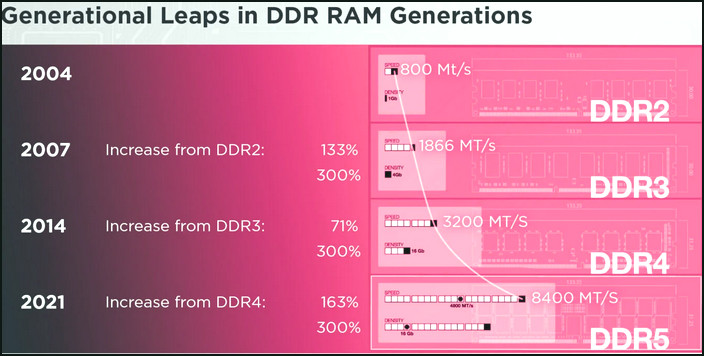
Moreover, DDR RAM can use a multicore CPU by accessing it with multiple channels.
To better understand the differences between megahertz and megatransfers, check out our separate post onMHz vs. MT/s.
Weve covered this in a beginner friendly way.
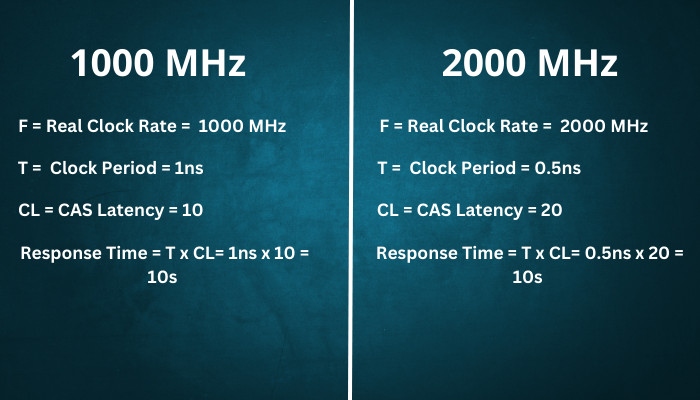
In my opinion, naming the DDR RAMs with MT/s is more relevant than naming them with MHz.
Consider the following table to understand more.
While consideringsingle-channelvs.dual-channelRAMs, dual-channel RAMs are always faster and better.
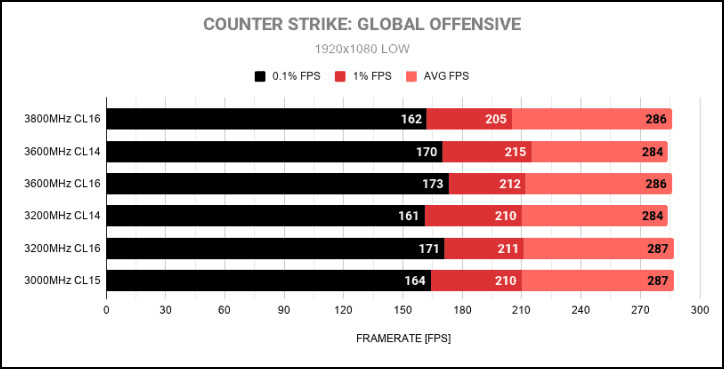
You also need to consider other factors that impact overall PC performance.
Lets move on to the next section for further understanding.
How Does RAM Work, and What Does RAM Speed Do?

Transistors and capacitors (a pair) combined to create a cell to store data.
These cells are responsible for writing, rewriting, and erasing data.
The first two words of Random Access Memory indicate the random access of the cells.
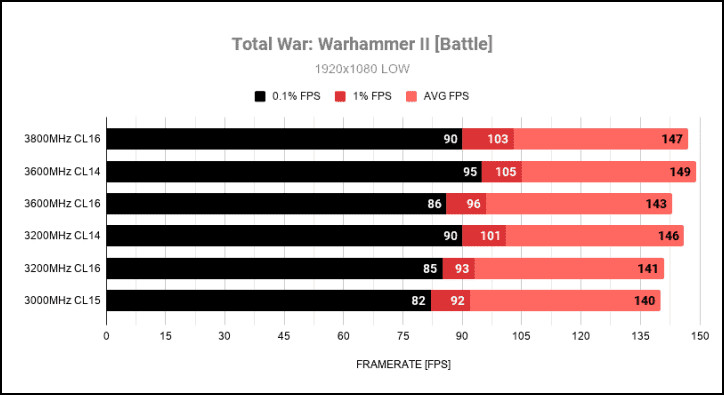
Another thing to consider is the memory bang out of RAM.
It has avolatilememory, meaning the stored data of RAM will be lost if the module loses power.
Thats the reason for not permanently storing data on the RAM sticks.
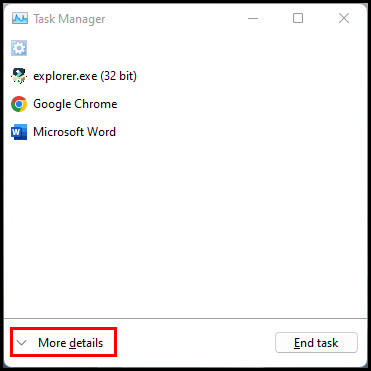
However, the overall RAM speed is not tied to only the MHz clock speed.
You have to consider the CAS latency and frequency of the RAM simultaneously.
Lets talk about some factors that influence the frequency of the RAM and the overall speed.
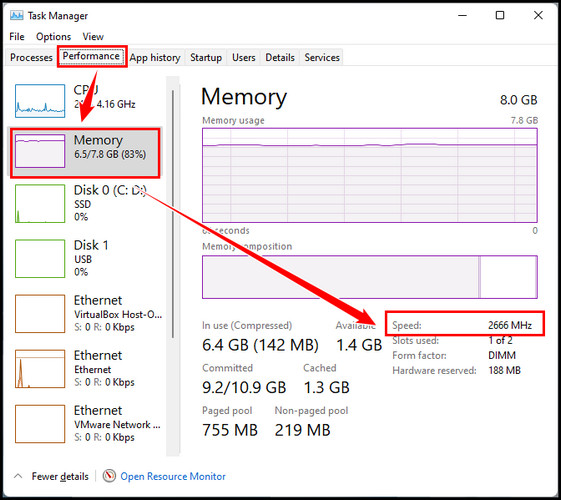
Each generation was introduced with greater efficiency and higher frequency.
RAM frequencies are directly connected with the generations.
For instance, the top frequency for DDR4 generations is capped at 3600 MHz.
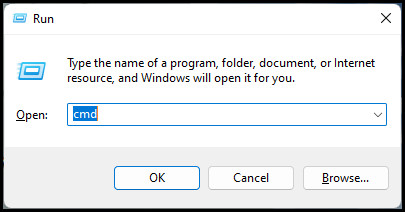
Contrarily, the maximum frequency of DDR5 is almost 8400 MHz.
Memory Module Types:Various types of memory modules are available in the market.
Remember, a lower CL can send and receive data faster; hence it is better.
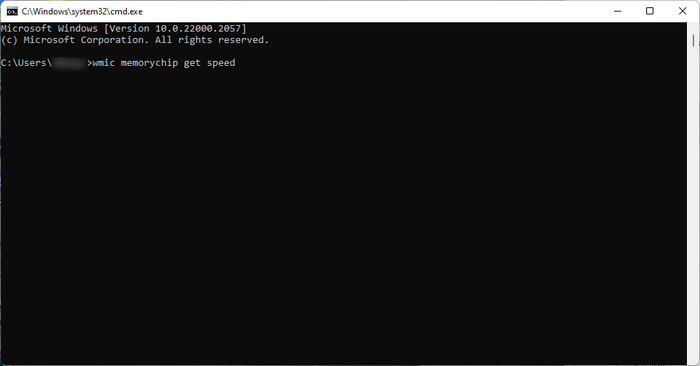
Everything is getting complicated, right?
Let me clarify it for you with a statement.
Lets judge the above statement with an example.
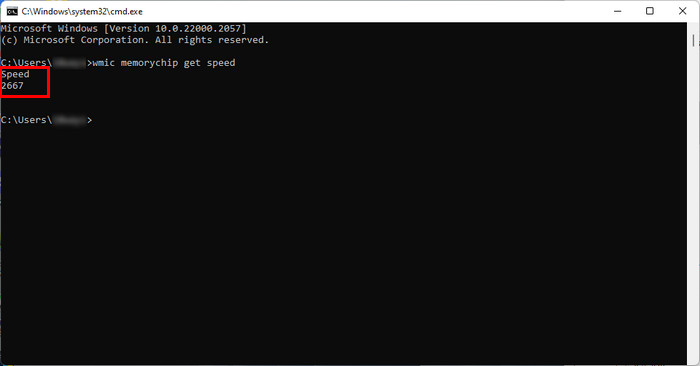
The response time of the RAM is T x CL= 1ns x 10= 10s.
For this RAM, the adequate response time is 10 seconds.
The response time of the RAM is T x CL= 0.5ns x 20= 10s.
For this RAM, the effective response rate is also 10 seconds.
So,how to choose the perfect RAM for your rig?
How does RAM Frequency Affect Overall System Performance?
A computer consists of several parts working together to execute instructions.
Each component has a role in overall system performance.
As the RAM stores data of currently running tasks, its frequency also affects the overall system performance differently.
Consider the subsequent discussions to understand how memory frequency affects overall computer performance in various circumstances.
Here are some circumstances where memory frequency affects performance:
1.
Multitasking
To be frank, increasing the frequency isnt enough for a noticeable performance improvement in multitasking.
For multitasking, memory capacity is comparatively more influential than memory frequency.
However, it doesnt clarify that memory frequency is unimportant.
Running RAMs in dual channels is recommended to avoid any RAM speed-related issues.
For a better multitasking experience, use a higher capacity RAM and focus on the memory frequency.
Gaming
RAM speed is vital for gaming andcan affect game FPS.
Most modern game engines can utilize the higher frequency to boost gaming performance.
Some game engines may not be impacted by the frequency at all.
However, higher memory frequency dramatically improves the1% and .1% FPS.
In such scenarios, extra memory frequency can play a vital role in performance by reducing possible lags.
Rendering
For 3D or other heavy-duty renderings, memory frequency plays a vital role.
Most of the rendering tasks are CPU and GPU-intensive.
However,CPU and RAM work togetherto make the process more efficient.
It helps the system to transfer data to and from the CPU faster.
Memory frequency directly associates the CPU to perform intensive tasks like rendering.
In these scenarios, faster RAM speed makes the CPU faster than the default.
With DDR5 technology, rendering applications like Adobe Premiere are getting a considerable advantage in computing more instructions.
However, you may not find high frequency efficient for all applications.
Besides, you must also consider the support for high-frequency RAMs.
Do you Really Need Faster Memory Frequency?
The necessity of a higher frequency highly depends on the use cases and your overall system configuration.
For most average users, a faster memory frequency wont add extra value to the system.
However, memory-intensive applications will get a boost for faster RAM.
For an average AMD or Intel user,3200 MHz to 3600 MHzis a sweet spot.
AMD DDR4 users can also go for thebest 4000 MHz RAMsbecause of AMDs high compatibility.
For Intel DDR4 users,3600 MHzis pretty good.
RAM technology is improving so rapidly that nowadays, you will even find RAMs of7200 MHzfrequency.
The systems overall performance is also interconnected with other PC components like CPU, motherboard, etc.
It will help us understand RAM speeds effect on those games.
The above benchmarks clearly indicate that high-frequency RAM is insufficient for a noticeable performance improvement in most scenarios.
Can You Mix RAM of Different Speeds?
The direct answer is YES, but you must consider some aspects before installing two RAMs of different speeds.
Your system has a supported frequency that it can efficiently handle.
While installing two different frequency RAMs, use higher speed RAM than the Mobo specified frequency.
Surprisingly, RAM has no compatibility issues with other RAM of different timings and speeds.
Though, a large gap between the RAM speeds can stress your motherboard to run both sticks simultaneously.
Let me simplify with an example.
The performance will be adjusted depending on thegapbetween the two RAM speeds.
Increasing the gap between the two RAMs frequencies will force the motherboard to run simultaneously harder.
Consider going through another post on how much RAM you oughta choose the best RAM for your gaming rig.
But do you know how to check your existing RAM speed quickly?
I will show you how to check your memory frequency in two different ways.
Here are the methods to check RAM speed:
1.
Use Task Manager
2.
Use Command Prompt
By default, most RAMs run at their base frequency.
However, users canoverclock the RAMdepending on the models to increase the frequency.
There are different ways to overclock RAM: the most efficient method is to use theXMP.
Besides, you’ve got the option to also manually overclock if you have expertise.
Frequently Asked Questions
Is higher frequency RAM faster?
A RAM with a higher frequency can completemore cycles per second, ensuring a faster experience.
Which frequency is best for RAM?
However, most renowned CPUs (DDR4) can efficiently utilize the power of3,200 MHz to 3,600 MHzfrequency RAMs.
What affects RAM speed?
Several other computer components can affect the speed of your RAM.
Faster RAM is Preferable, But not Vital.
Throughout the article, I have described everything about memory frequency and its role in the systems performance.
While some demanding applications and games can utilize high-frequency RAM, others dont need faster RAMs for day-to-day performance.
So choose a RAM kit that perfectly blends with other PC components to deliver optimal performance in most scenarios.